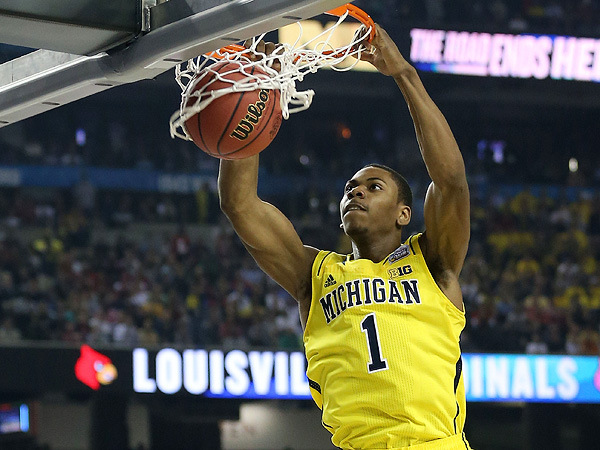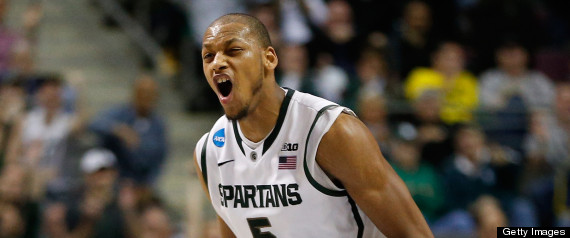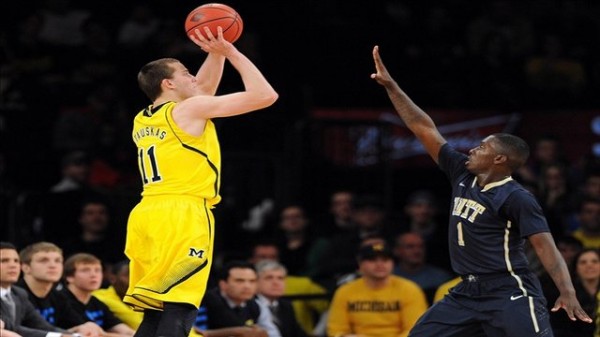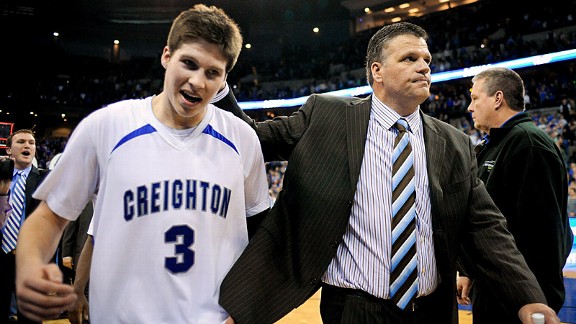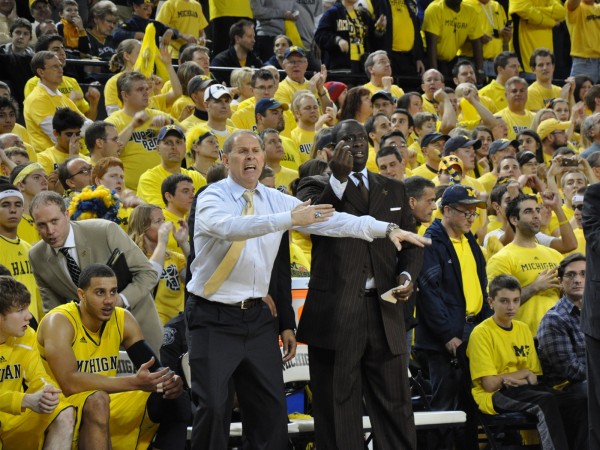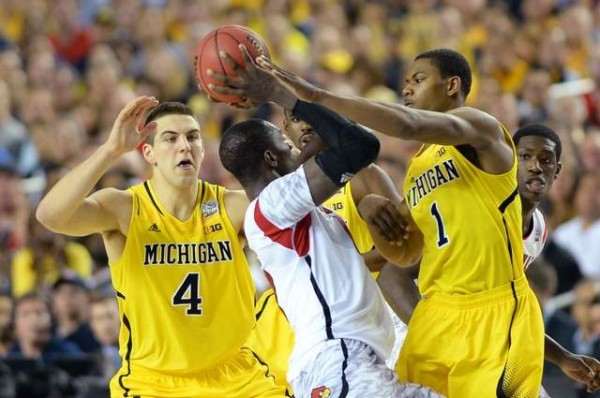Can the Michigan Offense Be Efficient Despite a Low Free Throw Rate?
Posted by Deepak Jayanti (@dee_b1g) on October 31st, 2013During the 2012-13 Big Ten season, Michigan ranked second in offensive efficiency – scoring 1.12 points per possession. This statistic is even more impressive if you consider the Wolverines’ low free-throw rate as a team: according to Ken Pomeroy, only 29.2 percent of their field goal attempts resulted in a free throw, ranking 11th in the Big Ten in this category. Despite that poor free throw rate, they were efficient on offense because they shot lights out (54.1% eFG) and took care of the ball (14.1% turnover rate). The low free throw rate is not new under John Beilein, as his Wolverines have ranked almost last in this category (averages of 28.0%, 28.4%, and 29.2% since 2011). With the loss of Trey Burke, the Wolverines will have some key issues to address:
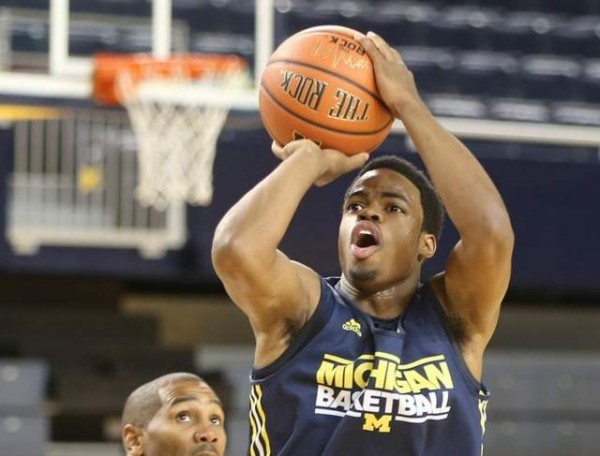
How Will Michigan’s Offense Perform Under New Direction?
- Beilein needs a guard who can penetrate and kick out to the wings. The low free throw rate does not mean that the Michigan guards were standing around the perimeter firing up shots from beyond the arc. Rather, Trey Burke’s ability to beat his defender off the pick-and-roll to penetrate and kick out passes to the wings resulted in effective team long-range shooting (37.2% 3FG). Burke was able to get to the basket consistently, but also found shooters on the wing or used his floater to score. Going back to the 2011 season, Darius Morris, another crafty Michigan point guard, was fully capable of getting to the basket as well. But it appears that Beilein’s offense is ideally geared around drawing the wing defender to open easy looks in the corner, not just attack the basket to draw fouls on every possession. This strategy works well with talented and physical point guards such as Burke or Morris. Do the Wolverines have a guard who can draw defenders off the dribble this season? The answer is that there are only two guards capable of filling that role: Derrick Walton and Nik Stauskas. Walton certainly has the quickness to penetrate, but he may not be in full control just yet, which could result in a high turnover rate. Burke’s time in Ann Arbor was special because he created looks by taking care of the ball. Assuming that Walton makes standard freshman mistakes during the first couple of months, Beilein may turn to Stauskas to attack the basket and look for Glenn Robinson III on the wing. We know Stauskas has the handle to get into the paint, but his passing abilities haven’t truly been tested yet. Until Walton or Stauskas can prove that they can handle the ball effectively in traffic, the Wolverines’ offense will need to find other way to improve their free throw rate. Read the rest of this entry »






























